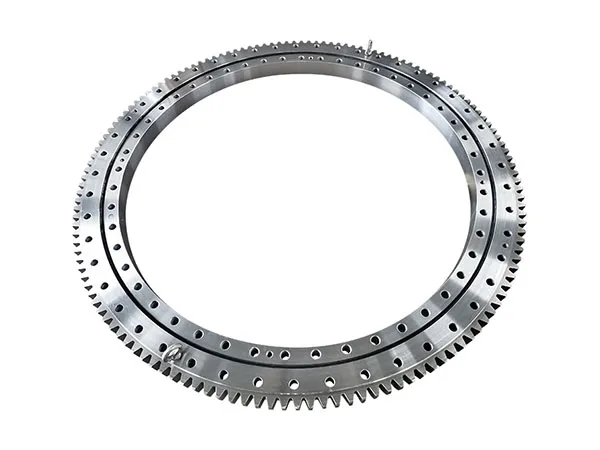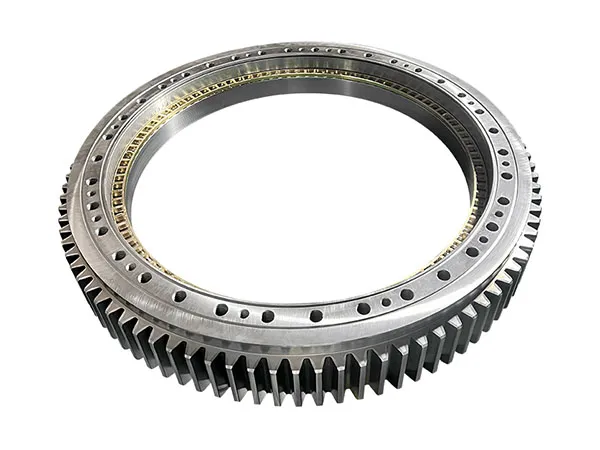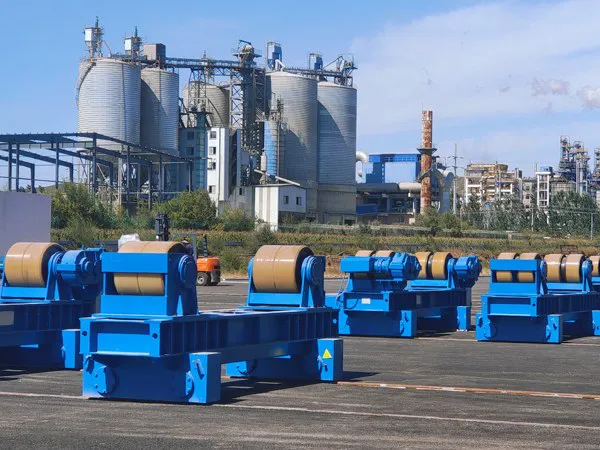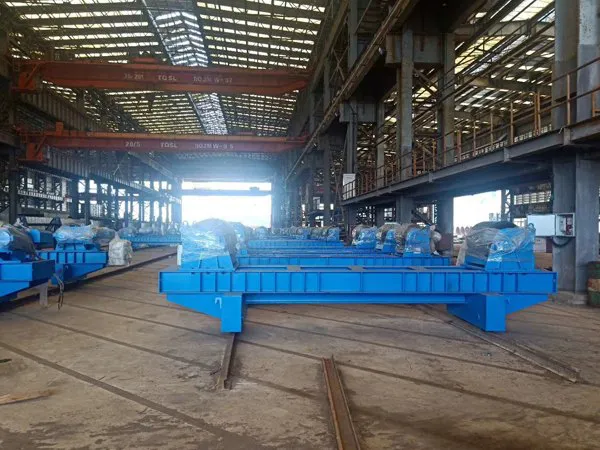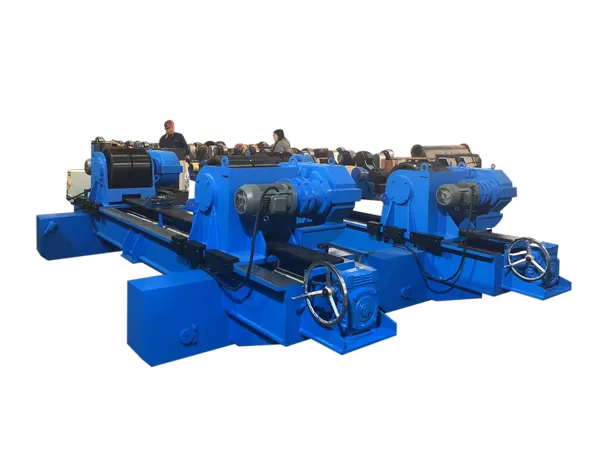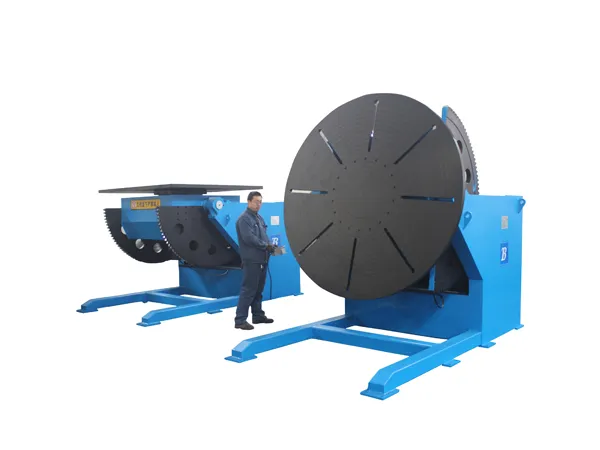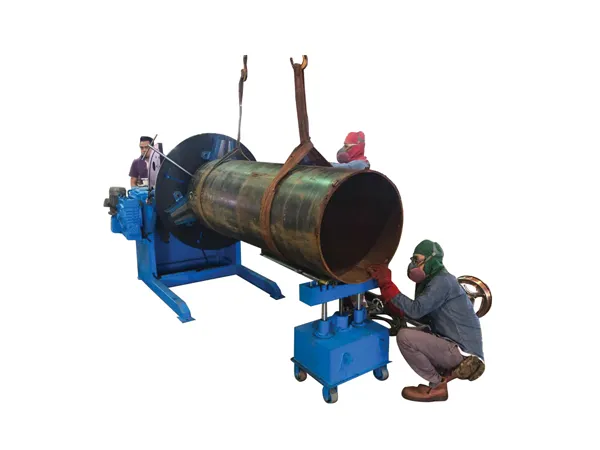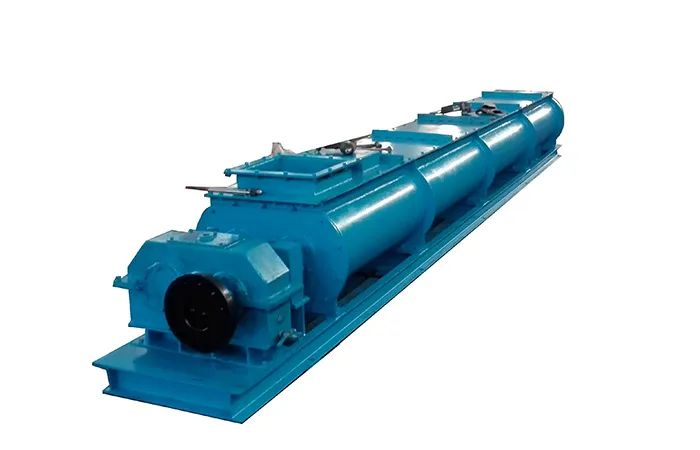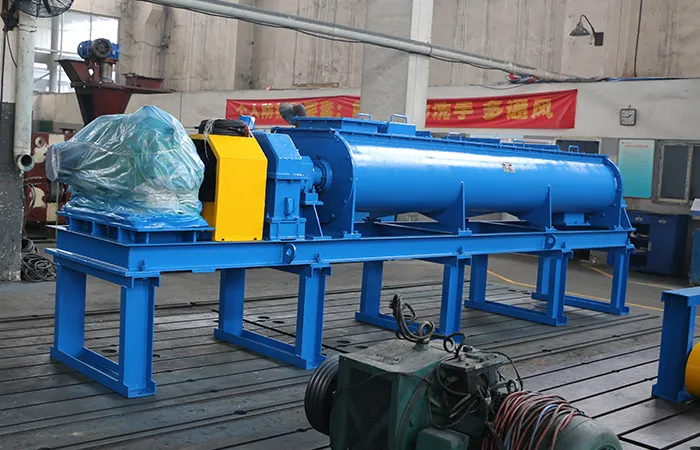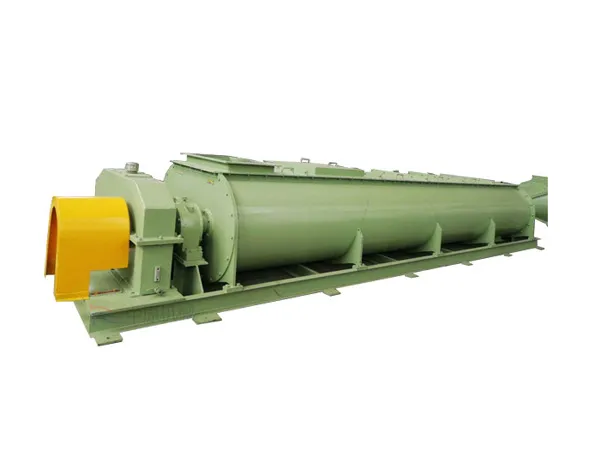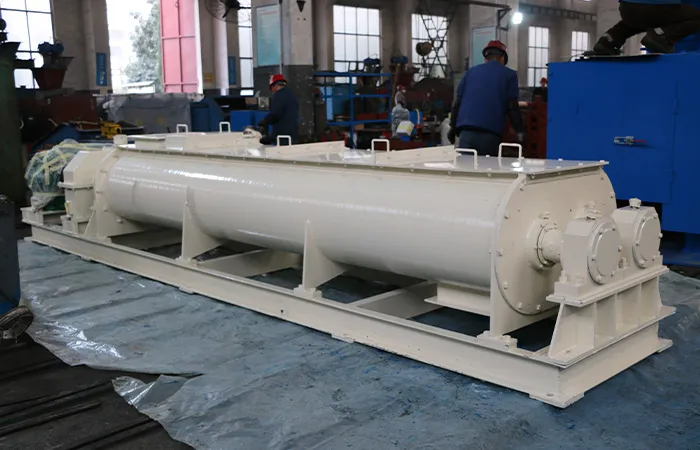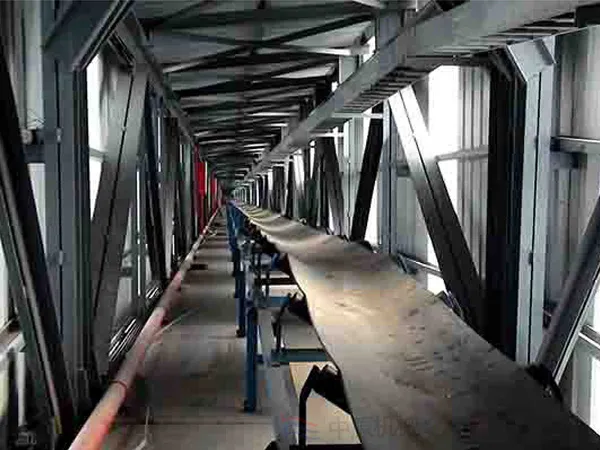How to install double-row ball slewing bearings
Installing a double-row ball slewing bearing is a complex process that requires precision and adherence to manufacturer guidelines. Here’s a general outline of the steps involved, along with key considerations. Always refer to the specific installation manual provided by the bearing manufacturer for detailed instructions and torque specifications for your particular bearing model.
Double-row Ball Slewing Bearing Installation
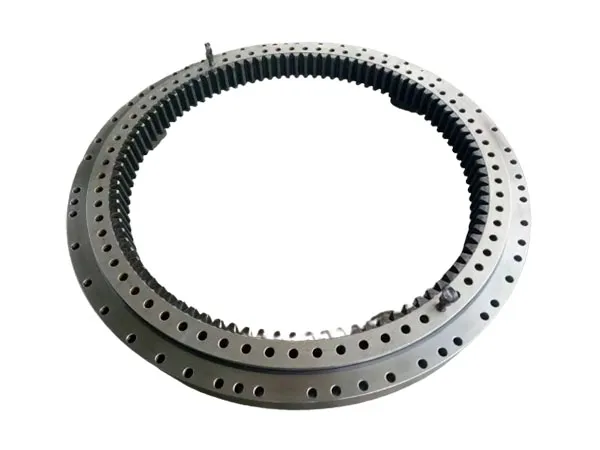
I. Pre-Installation Checks and Preparation:
Inspect the Bearing:
Verify that the slewing bearing matches the specifications in your order.
Check for any damage incurred during transportation. Ensure seals are intact and there are no visible deformities.
Confirm that the lubrication holes on the bearing align with the host machine’s refueling method.
Prepare the Mounting Surfaces:
Cleanliness is paramount: Ensure both the host machine’s mounting platform and the slewing bearing’s mounting surfaces are absolutely clean and free from any debris, dirt, welding slag, burrs, paint, or other contaminants. Even small particles can significantly impact performance and lifespan.
Flatness and Rigidity: The mounting surfaces must be precisely machined, flat, and rigid enough to prevent deformation under load. Double-row ball slewing bearings are sensitive to unevenness, which can lead to localized stress and premature wear. Check for flatness deviations with a feeler gauge. If gaps exist, shims may be required to level the surface, but this should be done with extreme care and according to manufacturer recommendations.
Stress Relief: If the mounting bracket was welded, it should undergo internal stress relief heat treatment and then be machined to ensure flatness.
Soft Zone Placement:
Slewing bearings have an “unhardened” or “soft” zone in their raceway, typically marked with an “S” or a blocked hole. This soft zone should be positioned in the non-load area or non-constant load area of your application. For lifting machinery, it’s often recommended to place it at a 90° angle to the boom’s direction (the direction of maximum load). If both inner and outer rings have soft zones, they should be staggered, usually by 180°.
…
For more details on how to install double rows of ball slewing bearings click to visit: https://www.mcslewingbearings.com/a/news/double-row-ball-slewing-bearing-installation.html

